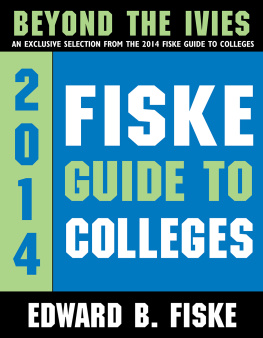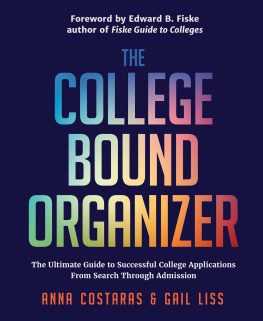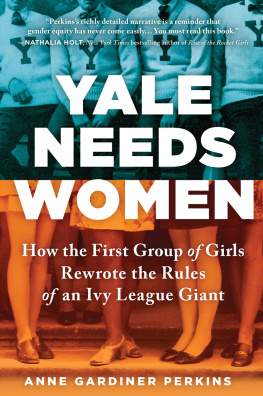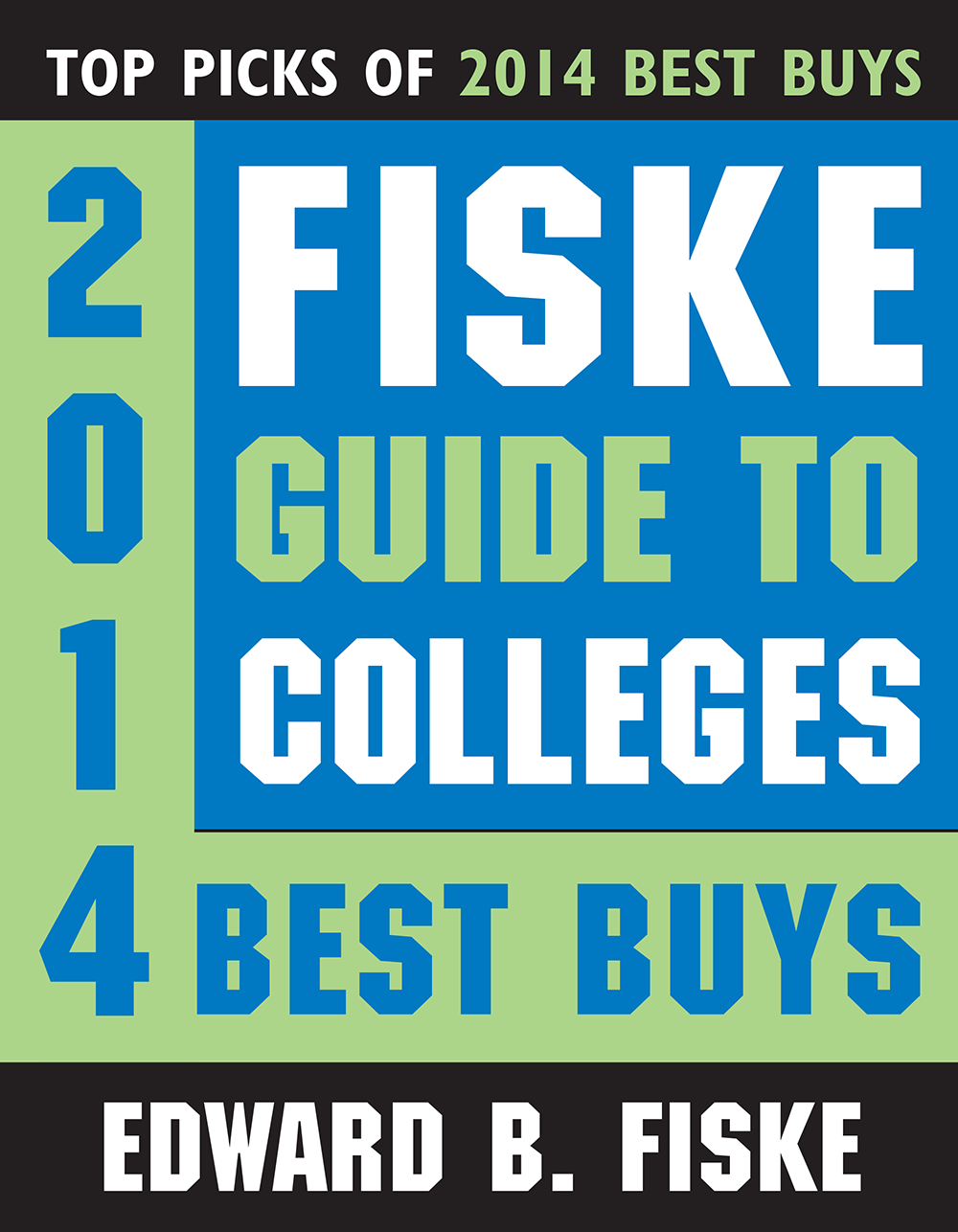*These colleges are public institutions, but Americans and other non-Europeans should compare them in cost and academic quality to top U.S. privates.
Introduction
BEST BUYS
One of the lesser-known facts of life about higher education in the U.S. is that price and quality do not always go hand in hand. The college or university with the jumbo price tag may or may not offer a better education than the institution across town with much lower tuition. The relationship between the cost paid by the consumer and the quality of the education is affected by factors ranging from the size of an institutions endowment to calculations by college officials about what the market will bear.
In the face of todays skyrocketing tuition rates, students and families in all economic circumstances are looking for ways to get the best value for their education dollar. Fortunately, there are some bargains to be found in higher education; it just takes a bit of shopping around with a little guidance along the way. Most of our Best Buys fall into the inexpensive or moderate price category, and most have four- or five-star academic ratings. Fiske Guide to Colleges: 2014 Best Buys offers an introduction to 14 of the selected Best Buys for 2014, and a preview of the 30 th edition of the Fiske Guide to Colleges .
THE FORMAT
Each essay covers certain broad subjects in roughly the same order. They are as follows:
Academics
Housing
Campus setting
Food
Student body
Social life
Financial aid
Extracurricular activities
Certain topics are covered in all of the essays. The sections on academics, for example, always discuss the departments (or, in the case of large universities, schools) that are particularly strong or weak, while the sections on housing contain information on whether the dorms are co-ed or single sex and how students get the rooms they want. Other topics, however, such as class size, the need for a car, or the number of volumes in the library, are mentioned only if they constitute a particular strength or weakness at that institution.
We paid particular attention to the effect of the 21-year-old drinking age on campus life. Also, we noted efforts that schools administrations have been making to change or improve the social and residential life on campuses through such measures as creating learning communities, restricting fraternities, and constructing new recreational facilities.
RATINGS
Much of the fierce controversy that greeted the first edition of the Fiske Guide to Colleges three decades ago revolved around its unique system of rating colleges in three areas: academics, social life, and quality of life. In each case, the ratings are done on a system of one to five, with three considered normal for colleges included in the Fiske Guide. If a college receives a rating higher or lower than three in any category, the reasons should be apparent from the narrative description of that college.
Students and parents should keep in mind that these ratings are obviously general in nature and inherently subjective. No complex institution can be described in terms of a single number or other symbol, and different people will have different views of how various institutions should be rated in the three categories. They should not be viewed as either precise or infallible judgments about any given college. On the other hand, the ratings are a helpful tool in using this book. The core of the Fiske Guide is the essays on each of the colleges, and the ratings represent a summaryan index, if you willof these write-ups. Our hope is that each student, having decided on the kind of configuration that suits his or her needs, will then thumb through the book looking for other institutions with a similar set of ratings. The three categories, defined as follows, are academics, social life, and quality of life.
Academics

This is a judgment about the overall academic climate of the institution, including its reputation in the academic world, the quality of the faculty, the level of teaching and research, the academic ability of students, the quality of libraries and other facilities, and the level of academic seriousness among students and faculty members. Although the same basic criteria have been applied to all institutions, it should be evident that an outstanding small liberal arts college will by definition differ significantly from an outstanding major public university. No one would expect the former to have massive library facilities, but one would look for a high quality faculty that combines research with a good deal of attention to the individual needs of students. Likewise, public universities, because of their implicit commitment to serving a broad cross section of society, might have a broader range of curriculum offerings but somewhat lower average SAT scores than a large private counterpart. Readers may find the ratings most useful when comparing colleges and universities of the same type.
In general, an academics rating of three pens suggests that the institution is a solid one that easily meets the criteria for inclusion in a guide devoted to the top 10 percent of colleges and universities in the nation.
An academics rating of four pens suggests that the institution is above average even by these standards and that it has some particularly distinguishing academic feature, such as especially rich course offerings or an especially serious academic atmosphere.
A rating of five pens for academics indicates that the college or university is among the handful of top institutions of its type in the nation on a broad variety of criteria. Those in the private sector will normally attract students with combined SAT scores of at least 1300 on Critical Reading and Math, and those in the public sector are invariably magnets for the top students in their states. All can be assumed to have outstanding faculties and other academic resources.
In response to the suggestion that the range of colleges within a single category has been too broad, we have introduced some half-steps into the ratings.
Social Life

This is primarily a judgment about the amount of social life that is readily available. A rating of three telephones suggests a typical college social life, while four telephones means that students devote an above-average amount of time to socializing. It can be assumed that a college with a rating of five is something of a party school, which may or may not detract from the academic quality. Colleges with a rating below three have some impediment to a strong social life, such as geographic isolation, a high percentage of commuting students, or a disproportionate number of nerds who never leave the library. Once again, the reason should be evident from the write-up.
Quality of Life

This category grew out of the fact that schools with good academic credentials and plenty of social life may not, for one reason or another, be particularly wholesome places to spend four years. The term quality of life is one that has gained currency in social science circles, and, in most cases, the rating for a particular college will be similar to the academic and/or social ratings. The reader, though, should be alert to exceptions to this pattern. A liberal arts college, for example, might attract bright students who study hard during the week and party hard on weekends, and thus earn high ratings for academics and social life. If the academic pressure is cut-throat rather than constructive, though, and the social system is manipulative of women, this college might get an apparently anomalous two stars for quality of life. By contrast, a small college with modest academic programs and relatively few organized social opportunities might have developed a strong sense of supportive community, have a beautiful campus, and be located near a wonderful cityand thus be rated four stars for quality of life. As in the other categories, the reason can be found in the essay to which the ratings point.











